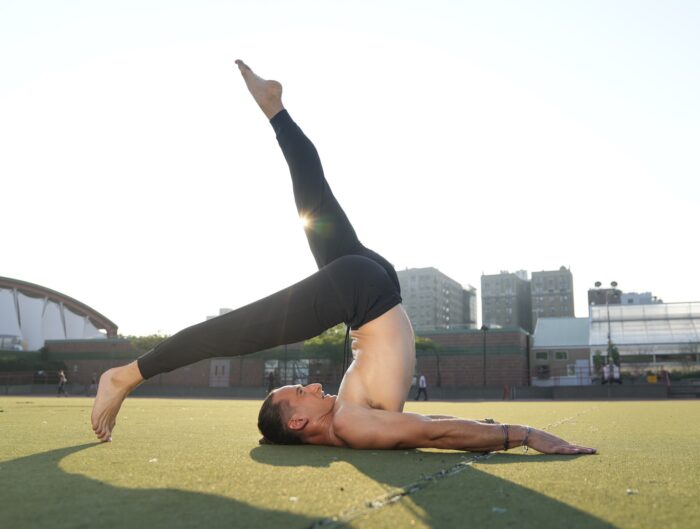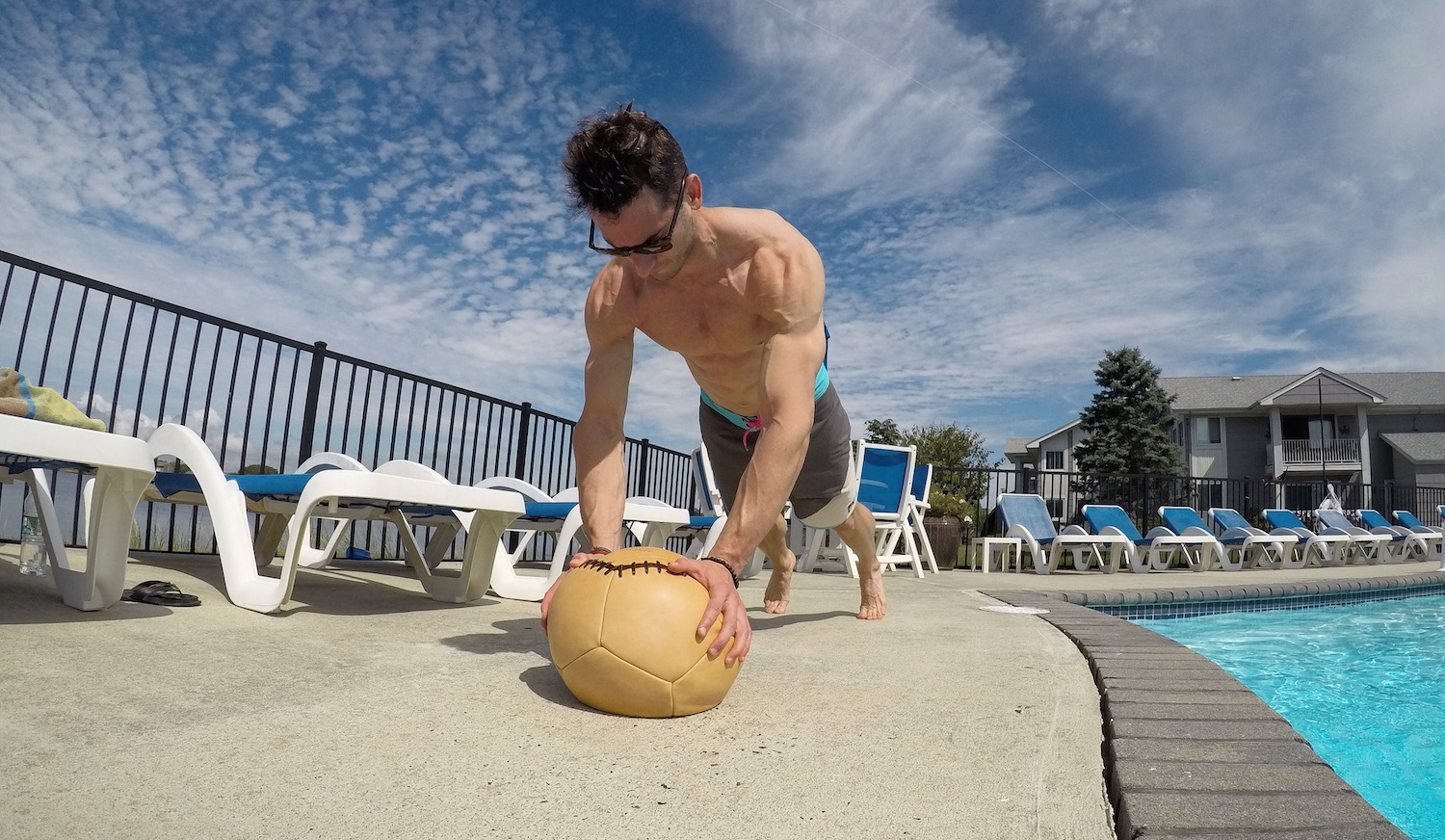Take a second and think about the reasons why you workout. It may be to lose weight, gain muscle, decrease stress, or to look great in tight clothes. No matter what type of exercise program you prescribe to, it certainly beats the absence of any physical activity.
But too often we become consumed by a single type of fitness we invest so much time in. It could be a case of the dreaded plateau or overtraining may have led you to injury. Maybe you’re getting bored doing the same routine day in and day out. Or perhaps you’re not reaching the goals you once strived for.
One issue that people commonly fail to see is that while they are certainly getting fitter, they don’t realize what their routine is lacking. They see the benefits but they are unaware of what their weaknesses are or are reluctant to acknowledge them. I am a true believer that a single type of exercise is not the answer to long-term sustainable health.
7 Morning Stretches to Extend Your Peak >>>
That last phrase is the key and my goal when approaching fitness personally and with the people I train. There are very few activities that balance all aspects of fitness in a way that makes your body healthy for an extended period of time. I’m not talking in terms of months or even a year, I’m thinking way more long term.
With my 30th birthday a week behind me I’ve been giving a lot of thought to how I can remain healthy and have fun with fitness for the next 30 years and more! The answer for me, and I believe for a large portion of fitness fanatics, is balance and diversity. Constantly challenging yourself by doing different things will help you enjoy staying healthy rather than seeing your workouts as a chore.
I don’t mean you have to try a new activity daily, but if you have always stuck with one or two specific types of exercise, try branching out. Step out of your comfort zone and test your body in ways that will force it to adapt.
Adaptation is what makes you stronger, faster, and more flexible. Pushing your body to the limits, and then a little farther, is how you make gains. Get comfortable with being uncomfortable and challenge your body by trying new activities.
The best example I have seen during my career in fitness is the reluctance for weightlifters to try yoga and yogis to start lifting weights. These two communities are very different by nature and the mindset to perform in each is often seen as contradictory. But these two disciplines have more in common, and using them together will yield more benefits, than most people realize.
During my time as a Strength and Conditioning Coach the problem I see most often is a lack of flexibility and mobility. Strength and mobility typically fall on opposite ends of the spectrum, unless you are constantly working to improve both. Conversely, in the world of yoga I hear complaints that people don’t have the functional strength they would like to achieve. Here is where two worlds meet.
An Athlete’s Essential: The Mobility Workout >>>
If you are a weightlifter and are reluctant to try yoga, why? Does the spiritual aspect turn you away? Do you think it won’t be a challenging workout? Like any other program, you are going to get out what you put in. The obvious benefit of yoga to weightlifters is the mobility aspect. As you build muscle you lose range of motion if you don’t spend time properly warming up and stretching after a workout. Yoga improves mobility and helps your body get into proper alignment which keeps you safe by improving your position in many lifts, especially compound movements. For example, yoga will open your hips and give you more range of motion on squats. This helps keep your torso upright and protects your lower back. Backbends in yoga will strengthen the muscles along your spine, providing you with better posture on deadlifts. Even a movement as simple as downward dog will open your shoulders and allow for a straighter bar path on overhead presses. Of course these are only a few examples.
On the other end of the spectrum, many yogis are intimidated to step out of the studio and into the weight room. But resistance training is proven to show increased bone density, strength gains, and when practiced at higher intensities it will improve both aerobic and anaerobic endurance.
The mental approach to each workout may be seen as opposite extremes. Yoga is the yin to weightlifting’s yang. But the focus and concentration that is preached in yoga can be transferred to preparing for a heavy lift. Conversely, the mental fortitude to push your limits in weightlifting can help you hold a pose in yoga for those couple extra breaths.
Instead of taking a one or the other approach, rethink your attitude towards fitness and ask yourself how you can use one discipline to improve the other. And don’t stop with weightlifting and yoga. Be well rounded and see how much it improves your happiness and motivates you to be even more fit. Try something new and the worst that happens is you have lost a couple hours of your day. But you may find a new activity that brings you a lifetime of health and happiness.







